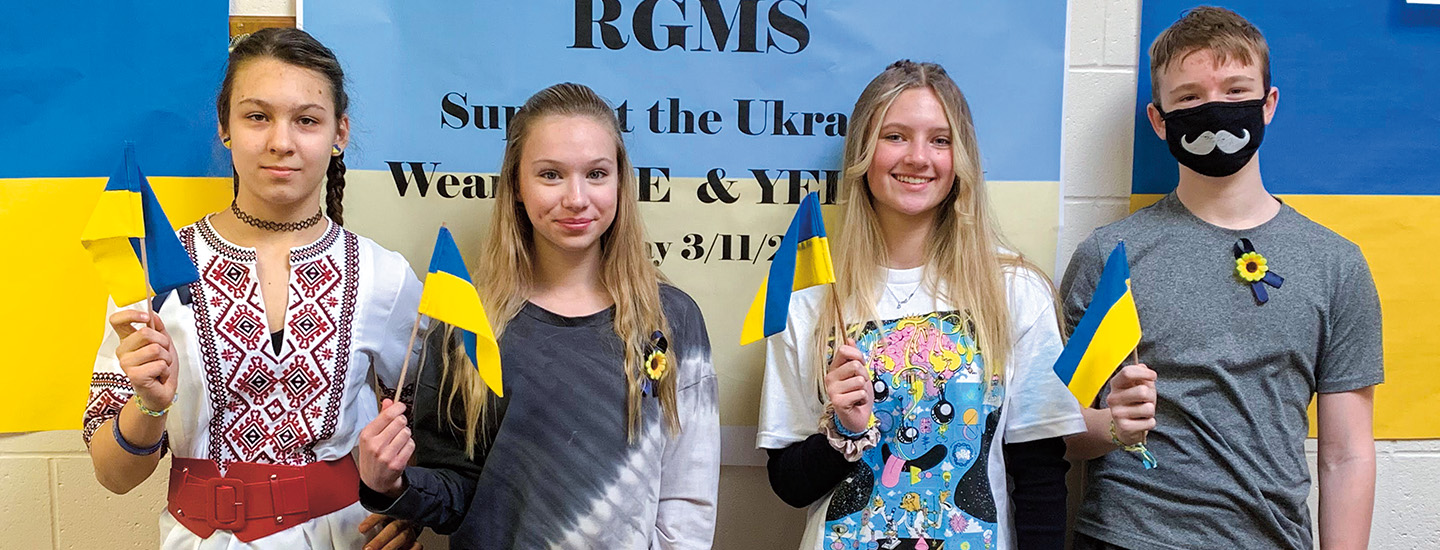Alisa Yeremenko, 12, looked up from a table outside the school cafeteria. In front of her, dozens of students were waiting in line to buy bracelets, pins, and magnets. The items were adorned with sunflowers—the national flower of Ukraine—or the country’s blue-and-yellow flag. Alisa and her friends had organized the fund-raiser at Ryan Gloyer Middle School in Harmony, Pennsylvania, to help raise money for the people of Ukraine.
Common Core: RH.6-8.1, RH.6-8.2, RH.6-8.4, RH.6-8.7, WHST.6-8.4, RI.6-8.1, RI.6-8.2, RI.6-8.4, RI.6-8.7, W.6-8.4
NCSS: Time, Continuity, and Change • Individual Development and Identity • Power, Authority, and Governance • Global Connections • Civic Ideals and Practices

